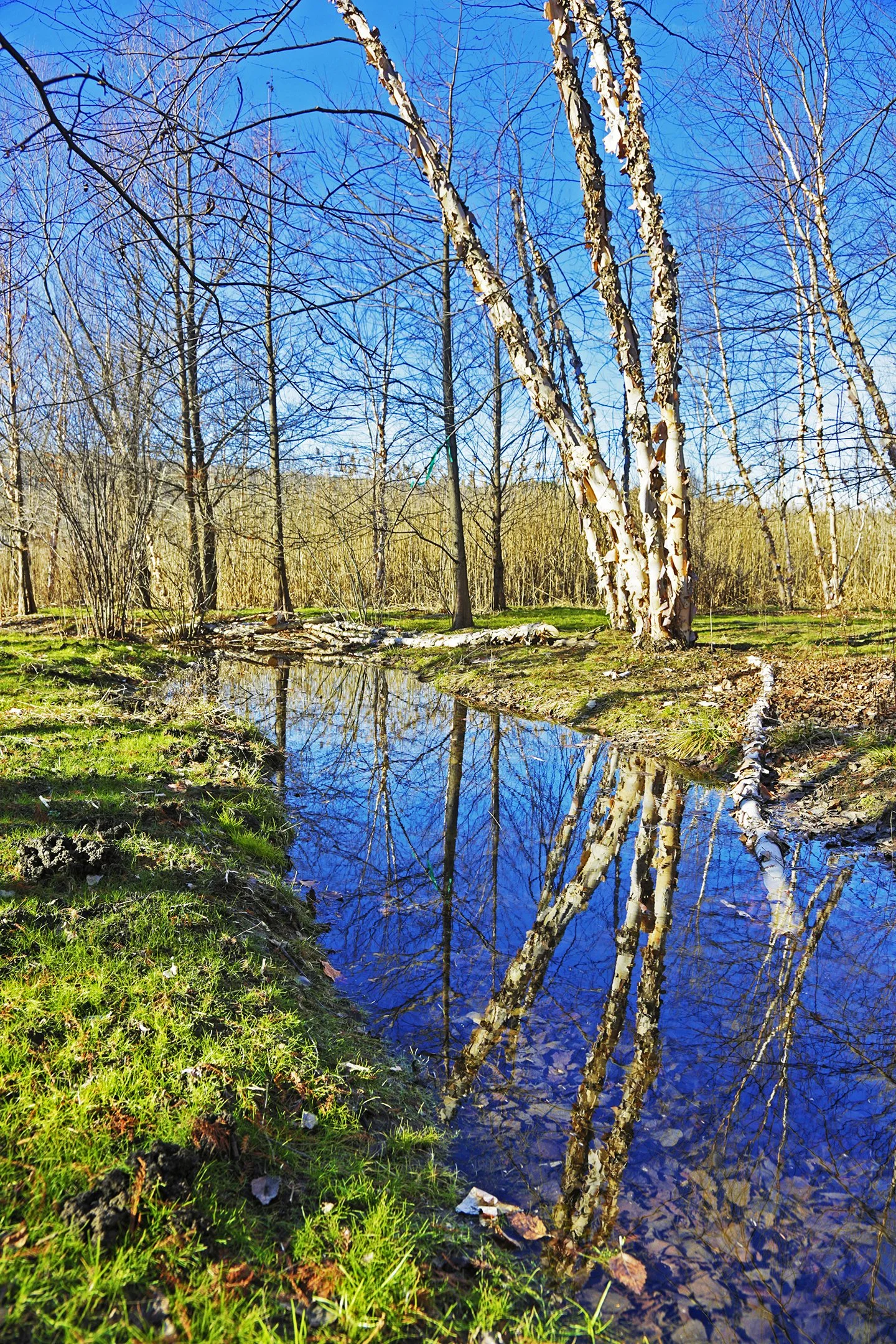Pawling Living
Best Version Media
Open Day at the Brine Garden
By Lisa Kelsey | Photo by Norman McGrath
If you read the cover story about Duncan & Julia Brine in the May issue of Pawling Living, you already know something about this couple and their landscaping business, GardenLarge. Soon you'll have an opportunity to see their amazing handiwork up close and personal. As they do every year at this time, the Brines will invite visitors to tour their private garden the weekend of October 21st and 22nd as part of the Garden Conservancy's "Open Days." The program, devoted to inspiring and educating the public by selecting and presenting America's finest private gardens, features locations in 41 states from May to November each year. We're lucky to have a garden that makes the grade right here in Pawling!
You'll be particularly interested in visiting if you're looking to find out more about the recent gardening trend of focusing on native flora. "Because of our rich native plant collection and the array of pollinators and other insects that they attract, we have a superabundance and variety of birds." Julia says. "Bird visits, along with bloom times, are part of what we expect seasonally. As the Amelanchier and Cornus Alternifolia berries ripen, we await the annual visit of flocks of cedar waxwings." Even if you add just a few native species to your garden you'll notice a difference-and you'll be helping preserve local biodiversity.
I recently sat down for a chat with Pawling's esteemed horticultural couple and asked them what they hope visitors will Lake away with them (not literally, of course!) at the end of their stroll. Get the most out of your visit to this wonderful six-acre garden by keeping these pointers in mind:
As you walk, stop and pay attention to the views. An opening in the treetops might offer a view of a distant ridge, branches arching above the path might frame an open meadow ahead, or you may round a bend and spot a rough-hewn wooden bridge traversing a shallow stream.
Stylistically, the Brine Garden has what is called a naturalistic layout. It mimics a forest in that there are no straight lines, but a lot of thought and planning is still needed to achieve this effect. "We planted trees as obstacles intentionally so that we would be forced to curve around them," Duncan says. The paths provide an almost cinematic effect, guiding your eye as you walk. But don't forget to look down for a closer look as well. When the Brines first moved to the property thirty years ago, Julia was pregnant with their first son, Kyle. "The garden was created with him and other children in mind." she told me. "A place to investigate and discover, to be delighted and surprised." An afternoon in such surrow1dings could be a perfect opportunity to reconnect with your inner child.
You'll see an amazing range of texture, shape, size and color. Rather than the exotic flowering plants found in more formal gardens, colorful drupes and berries, shaggy bark, and contrasting leaf size, shape, and hue provide the visual interest in a naturalistic garden. October is a particularly good time for a viewing because leaves are beginning their fall color transition.
Look for species native to our area. Although there are some exotics mixed in, the vast majority of what you will see are carefully selected Dutchess County specific, native species. You may wonder why this is special-couldn't you just see these plants in wild areas? Unfortunately, the answer is that you might not, and the reason in a word is: invasives. Whether they were stowaways or purposely brought here by. previous (unknowing) generations, these intruders have taken over and pushed out indigenous species over time-that's why on a typical hike what you're seeing may be as much as seventy to eighty percent non-natives. As a routine, with their client's gardens and their home garden, the Brines control invasive species and plant natives. "It's a continuous process," they agree. The reward is a garden with self-seeding and self-propagating natives and a garden that may offer a glimpse of woods closer in appearance to what you might have seen a hundred years ago.
See if you can identify the different topographical areas. You'll come across several different microclimates, from shady spots under groves of large trees, to creek bed and boggy areas, to sunny hillocks. Unlike real estate, the three most important things in a garden are "conditions, conditions, conditions." Elevation, exposure to sun, wetness, soil quality-all create an environment dictating which plants will thrive there. If you see an area similar to one in your yard, take note of what you sec growing there. As Duncan says, "It doesn't work to go to a nursery and pick plants because of the way tl1ey look. Your property's conditions must guide your plant selections."
Shrubs and trees you'll observe on the property are at their mature size. One advantage of walking through an established garden like the Brines' is an opportunity to see what that little twig in a pot you pick out at the nursery will look like when it reaches its full size. Planning a garden requires foresight and patience. "When we first planted, there were spaces between things, now they're filled in." Duncan says. Placing trees and shrubs too close together might turn into a headache just a few years later. Give your plants room to grow and you can enjoy the next few years watching your garden evolve and grow into itself.
Visit www.gardenconservancy.org for more information and to purchase tickets.

Let's Work Together
Bring the GardenLarge naturalistic landscape design expertise and perspective to your property. We specialize in:
⚘ Planting, garden care, and project management
⚘ Invasive species control
⚘ Native plant identification and sourcing
⚘ Our native plant nursery

